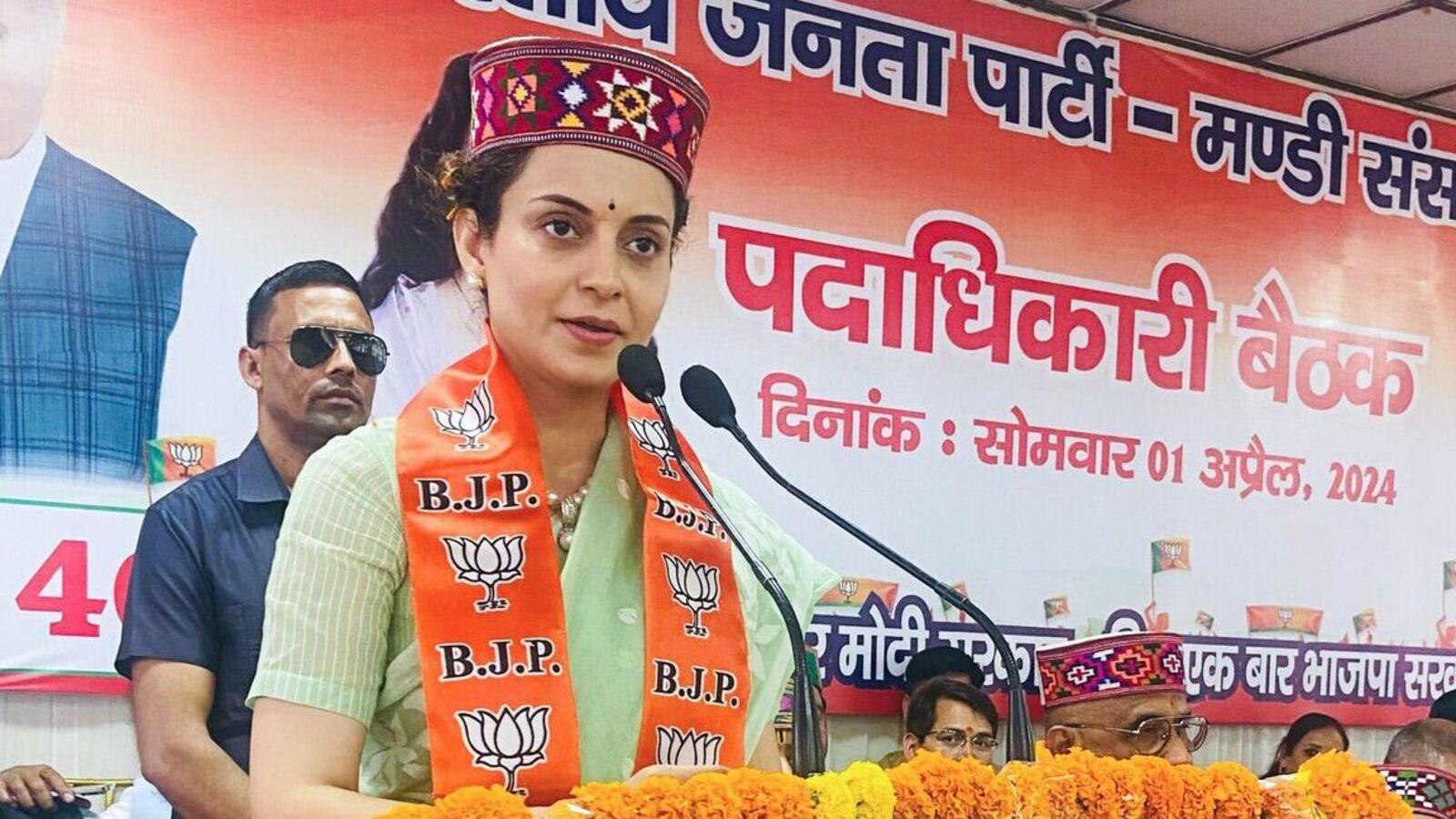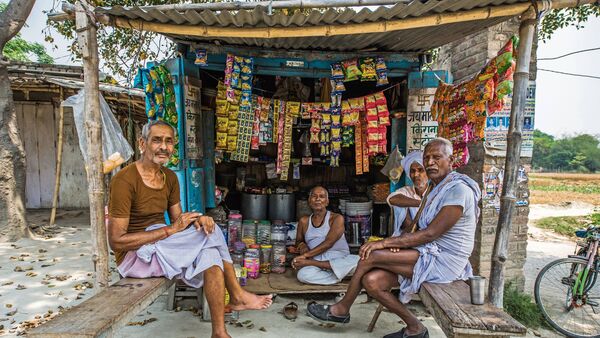India’s consumption data starkly reveals the country’s profound inequality. While aggregate figures often suggest economic growth, closer examination exposes a troubling disparity. A significant portion of the population struggles with poverty and limited access to basic necessities, while a minority enjoys substantial wealth accumulation.

Source:- BBC news
The consumption patterns highlight this divide: affluent households spend extravagantly on luxury goods and services, reflecting their substantial disposable incomes. In contrast, marginalized communities face daily challenges in meeting essential needs such as food, healthcare, and education.
Source:- news 18
Moreover, regional disparities exacerbate the inequality. Rural areas, where a large segment of the population resides, experience disproportionately lower consumption levels compared to urban centers. Limited infrastructure and economic opportunities further widen the gap between urban and rural residents.
Policy implications are profound. Addressing inequality requires targeted interventions that enhance access to education, healthcare, and employment opportunities for marginalized groups. Additionally, equitable distribution of resources and inclusive economic policies are essential to uplift disadvantaged communities and bridge the widening gap. Without concerted efforts to tackle inequality at its roots, India’s growth trajectory risks being marred by persistent social and economic disparities.
Share your views in the comments

